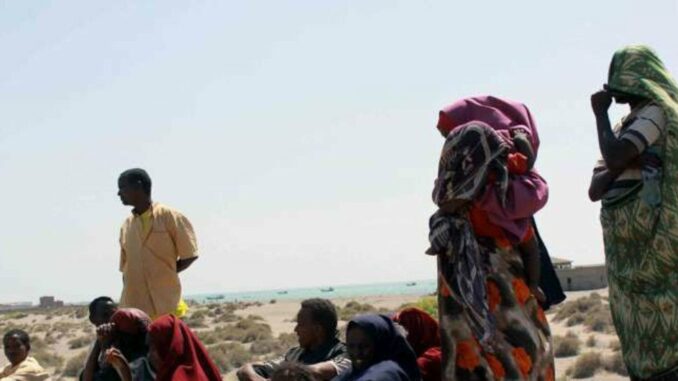
At the end of March 2025, the total number of refugees and internally displaced persons (IDPs) in the Horn of Africa region stood at 24.5 million, according to a report published on Tuesday April 1 by the United Nations High Commissioner for Refugees (UNHCR) and the International Organization for Migration (IOM).
This marked a decline from 26.3 million, which was recorded earlier, largely due to a combination of improved security conditions in certain countries and increased returns of displaced individuals. Specifically, the relative stabilisation in Sudan facilitated the return of many refugees, including those from South Sudan and abroad.
Of the 24.5 million displaced persons, 18.9 million are internally displaced, while 5.6 million are refugees and asylum seekers. The report also highlighted a concerning increase in displacement due to the escalation of conflict in the eastern regions of the Democratic Republic of the Congo (DRC) in February. Approximately 69,854 new IDPs from North and South Kivu provinces have sought refuge in Burundi, adding to the 89,000 refugees already hosted by the country. The violence in DRC continues to exacerbate displacement across the region.
Egypt is currently the largest host of Sudanese refugees, with 1.5 million individuals, followed by South Sudan with 1.08 million, and Chad with 769,716. Other countries such as Libya, Uganda, Ethiopia, and the Central African Republic also shelter Sudanese refugees. The primary drivers of displacement in the region include ongoing conflict, the impacts of climate change—such as floods and droughts—and widespread food insecurity, all of which continue to affect millions in the Horn of Africa.
